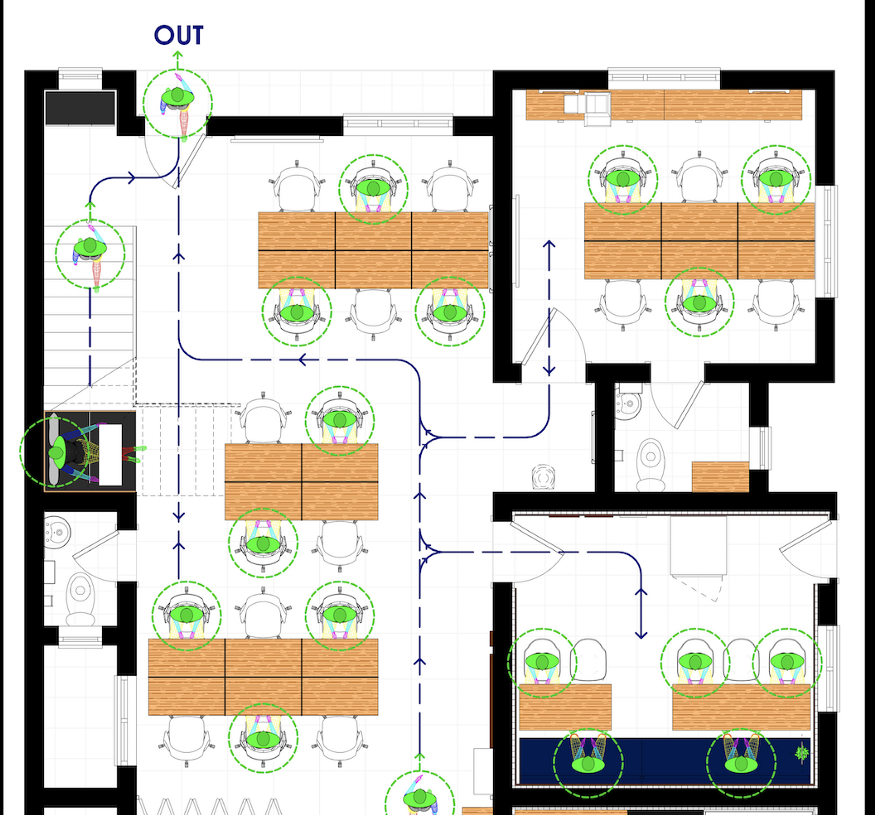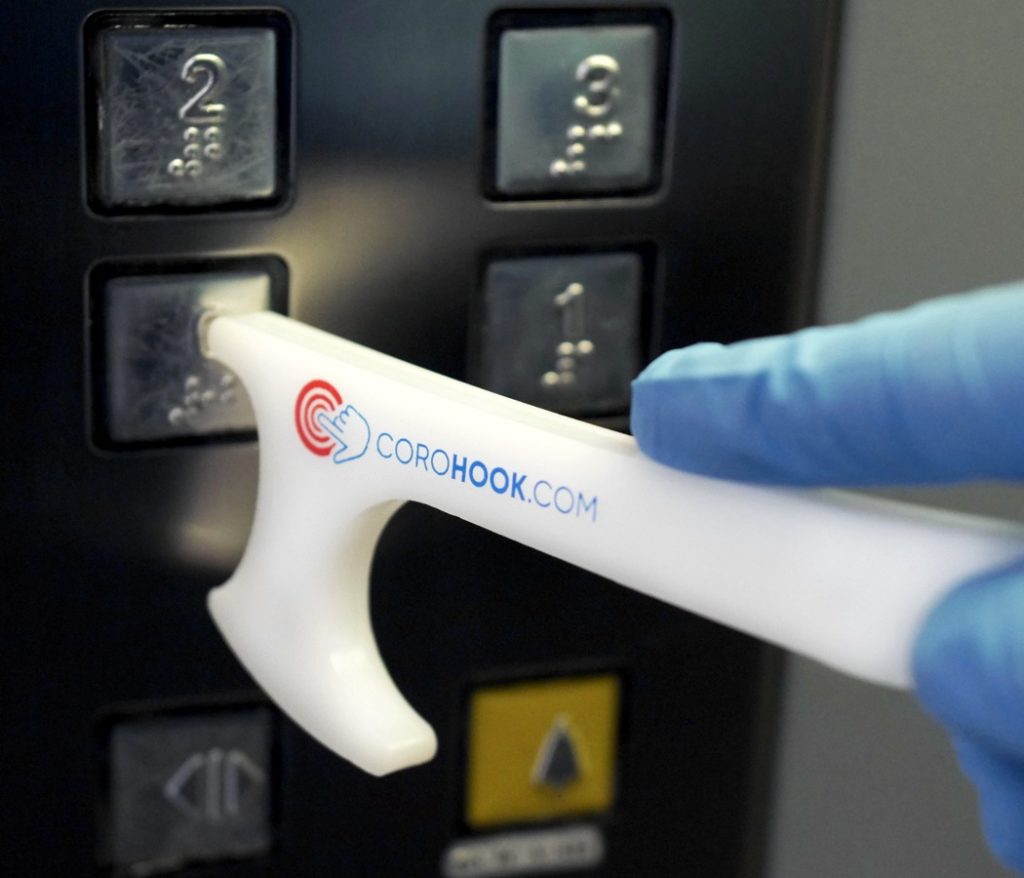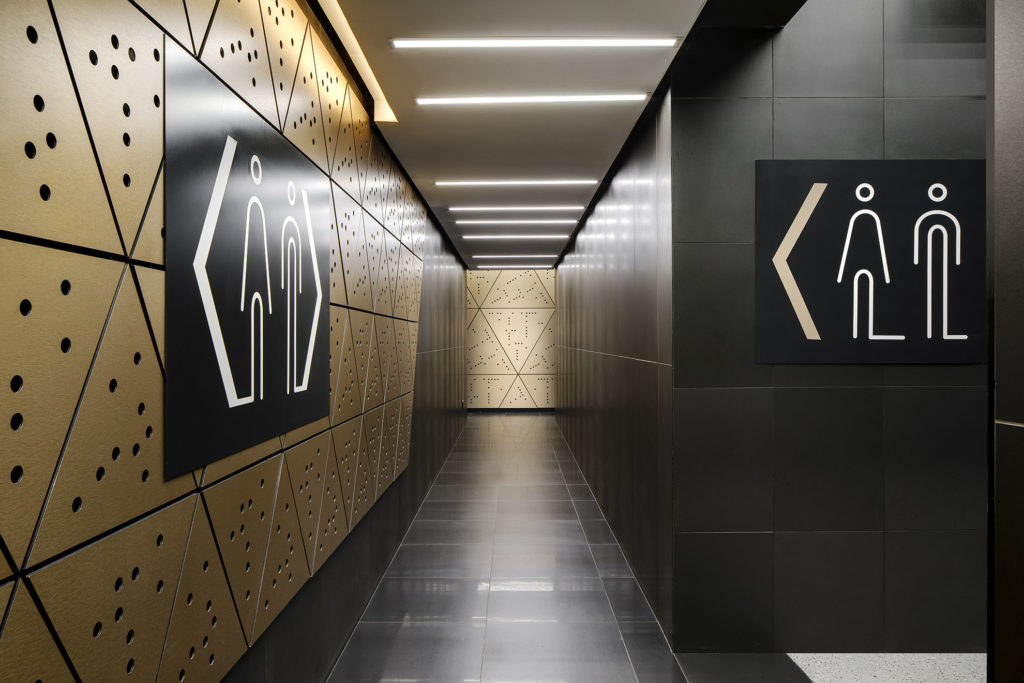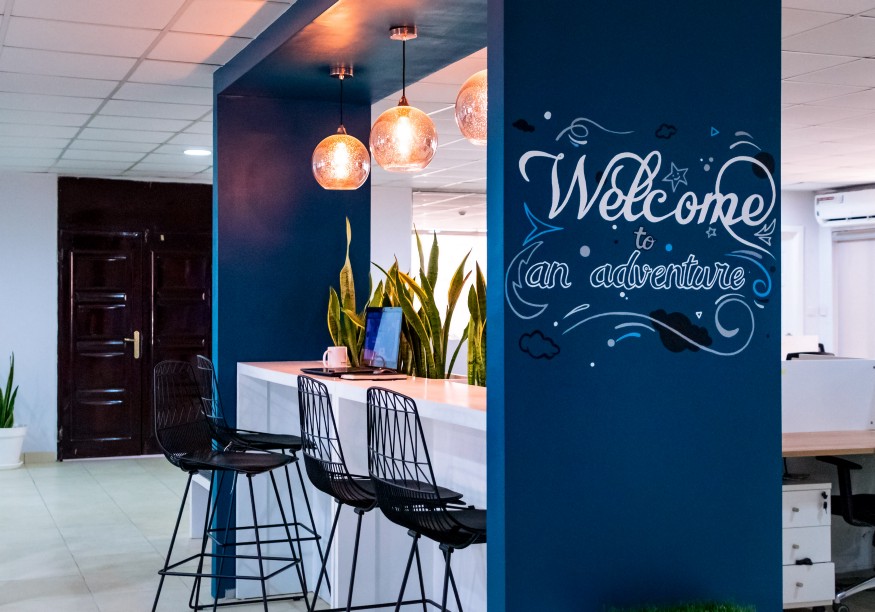It’s safe to say “the world has changed”, considering the depth of socio-economic change caused by the effect of COVID-19. This has posed gross uncertainties on how workspaces will function going forward.
The team at Spazio Ideale an interior design firm based in Lagos, Nigeria, researched and explored possible ideas on how workspaces are going to evolve, and we can’t wait to share with you, our discoveries in terms of midterm to long term solutions for workspaces in the Post COVID-19 era.
Just like every design brief, we start with the objective of reimagining the workspace. Banking on current research updates in the health sector globally, the COVID-19 vaccine might take a year or years. More urgent now than ever, most organizations are weighing two options as regards workspace for their employees:
- Deploy remote work and make the organization completely virtual
- Rethink the utilization of existing workspace in sync with the realities Post COVID-19
These two options are valid. We have curated the following questions to help organizational leaders make an informed decision on which strategy to go by:
- Can remote work achieve the productivity levels required to deliver on organizational goals and objectives?
- Does remote work reduce operational expenses and infrastructural costs?
- Does the physical workspace provide experiences remote work can’t?
- Are there any risks to returning to the workspace?
- Are there ways to mitigate the risks of either decision?
Physical Space Considerations
For those who might consider resuming to a physical space, due to remote work constraints, the objective would be to create a space that mitigates the risk of COVID-19 transmission, making employees feel safe, protected, and comfortable. Here are possible constraints that are associated with virtual work depending on the unique circumstances surrounding each employee working remotely:
- Availability of steady power supply
- Access to the internet for 3rd world countries
- Employee productivity due to distractions such as kids
For organizations looking at transitioning back to shared workspaces. Here are suggestions to assist you in creating a sustainable effective workspace in alignment with the realities of Post COVID-19:
Reduce density per floor
Workplace density per floor reduction has been the popular recommendation for organizations planning to return to workplace. Knowing that this requires sticking to social distancing rule. Experts suggested that organizations remove some of their furniture to create space. On the other hand, this will lead to organizations incurring some storage costs. The alternative is for the organization to allocate larger desk area per employee, to ensure that social distancing rule is maintained.

Pre COVID-19, the minimum area per person in workspace is 4.7sqm and with desk taking 0.8sqm. Considering, the social distancing rules, the minimum area per person will have to increase to 11 sqm with minimum desk area at 1.5 sqm. A way for organizations to keep the new minimum standard while not compromising on their existing furniture for shared workspaces would be to reduce the number of people each shared table can accommodate by making some desk space redundant.
Use protective screens
Another way for organizations to scale through the workplace realities at the Post COVID-19 is the use of protective screens. We propose the use of acrylic/plexiglass protective screens which can be installed similarly to give employees the safety they need without sacrificing the interaction an open office provides.

Scheduling — Rotating employees
The impact of increasing the sqm per employee will consequently reduce the number of employees the workspace can accommodate per time. Hence, the need to organize employees into bands, with each group representing cross-functional teams to cushion this effect. Each group can be assigned a specific period to work. Also, the bands can be rotated monthly or otherwise depending on the unique workloads of the organization.
Rethink your workspace layout
Another way to ensure safety with the workspace will be to redesign the office layout. To achieve this, organizations will have to introduce new paths, and employee journey within the workspace, such as one-way systems to certain pathways and corridors. Align staircases with one for upward movement and another for downward flow.

Create a touchless office
Technology can and will play a big role in creating a safe and conducive environment for employees. The advent of IoT has availed the world of work with endless possibilities in terms of providing sustainable innovations around workplace automation. Technology can help in creating automation systems for products employees interact with frequently, such as control switches for lights, HVAC, doors, projector screens, sockets, etc.
Other products that can be automated are blinds, etc. Organizations can also leverage automation to reduce the risk of transmitting touch-based viruses such as COVID-19 by allowing employees to interact with these features using an app or their phones. For example, employees can use an app to open doors, and for areas that require access control; face recognition software can be installed.
Asides from automation, apps can be built (if not already existing) or used to assist in increasing the safety of employees by way of finding measures — think marauders map. A map of the workspace with real-time location devices per employee (with privacy in place of course ) can assist in informing employees of maxed out areas, safe areas, and best paths based on their location, which further drives the effectiveness of touchless office — making no contact possible. Apps can also aid in alerting employees if they are violating minimum social distancing norm — think app generated radar sensors.
Scheduling apps can assist in managing locations such as meeting rooms, lunchrooms, quiet rooms. Also, scheduling arrival and departure times for employees can help other employees make informed decisions on the availability of a workspace, especially for organizations with flextime. Finally, employees can monitor other factors, such as air quality, with products such as sprimo. Welcome to the new age of building control apps!
Use products to assist with reducing touch
Considering the financial implications of automation which can be expensive, and most companies might not be able to afford it. However, product designers are coming up with creative solutions to help humans navigate their daily routines; an example is Corohook by Inovata Team, suspended body visors by Chrisptohe Gernigon. The Corohook, for example, replaces the need for employees to touch items such as switches, handles, etc. physically.

Signage
The use of signage to help employees navigate the workspace Post COVID-19 cannot be overemphasized. Organizations can leverage the use of signage to direct employees on the right path to follow and most importantly for visitors; visitors can navigate their way easily with the proper way of finding and safety rules signage in place.

In conclusion, we believe humans are social beings with a need to be physically connected. At the same time, we understand the constraints COVID-19 has presented; we do not see the need for physical connection going soon, so yes, the workspace would still be relevant in the future with a few changes. The future is connected, but it’s certainly not just humans.








